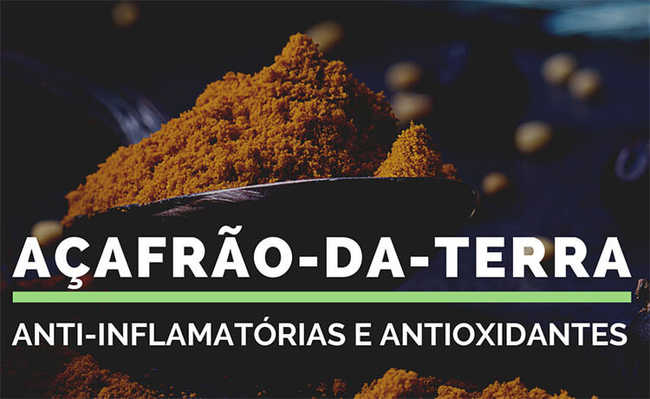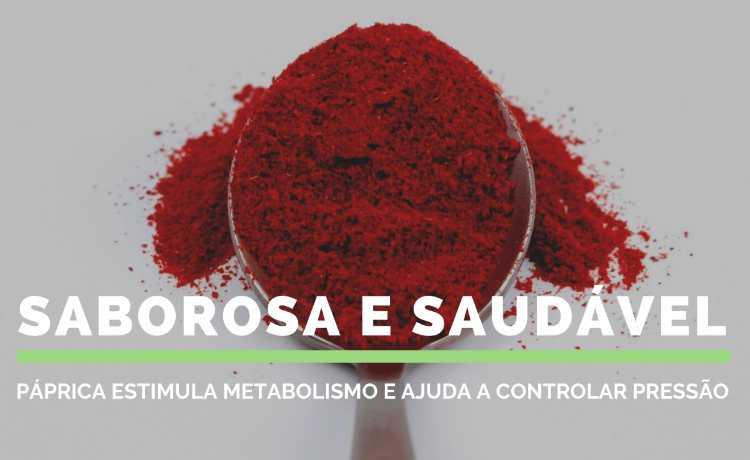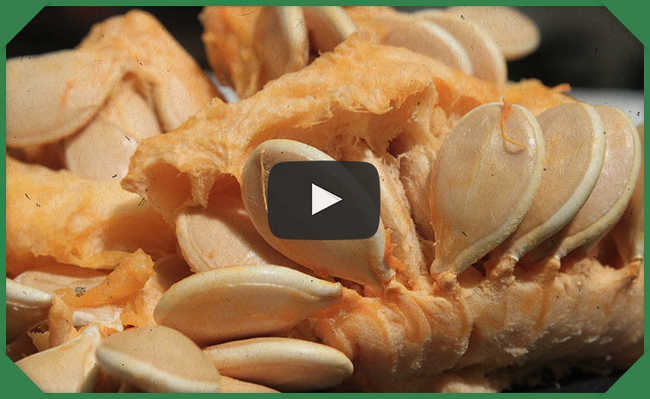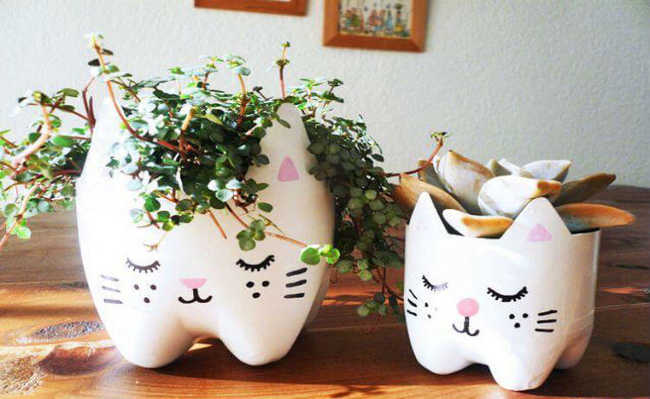Palm oil, also called palm oil, has several applications
Palm oil, or palm oil, can be used in the kitchen and in beauty care
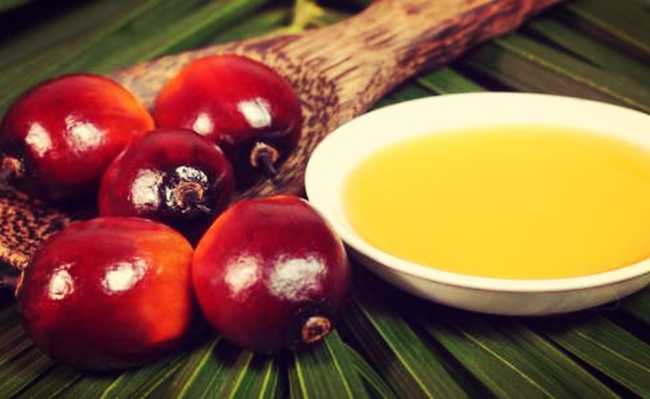
Palm oil is extracted from palm, also called oil palm, a fruit given by the oil palm, a palm that originated in Africa that was brought to Brazil in the 17th century and adapted to the coast of Bahia due to the tropical climate. Malaysia and Indonesia, due to their favorable climate, are the largest palm oil growers in the world.
Two types of oil can be obtained from palm oil: palm oil (extracted from the pulp) and palm kernel oil (extracted from the almond). The oil yield for the content that is extracted from the pulp is 22% of the weight of the bunches and 3% for that of palm kernel, extracted from the almond. The main difference between them is in the content of lauric acid, the predominant component of palm kernel oil and practically absent in palm oil, and the contents of palmitic acid and oleic acid that are present in greater amounts in palm oil.
Palm can annually yield up to five tons of oil, that is, five to ten times more than any other commercial vegetable oil crop, being a very productive oil, as it needs less than half the land than other crops to produce the oil. same volume of oil.
The extraction of palm oil, also known as palm oil, goes through several operational processes. First, the fruits are picked and heated by steam in order to soften the pulp to facilitate the extraction of oil and partially shrink the almonds - which facilitates the separation of their skin. The fruits go through a digester, forming a mass that is pressed, from which crude palm oil is extracted. At this point, there is a bifurcation of production: the crude oil from the fruit is sent to the deaerator, while the fruit pie - which is the mass of pressed fruit without the crude palm oil, containing the nuts (shell and almond) - will start the palm kernel oil extraction process.
In the deaerator, the oil is filtered to remove any cake residues that may be there, and then the substance is stored in tanks at a constant temperature of 50°C, in order to avoid solidification of the palm oil. However, at room temperature, it appears in a pasty form with a whitish color. When in a liquid state (just heat it in a water bath) it is a slightly yellowish oil.
The oil obtained contains many fatty acids, such as palmitic acid, stearic acid, oleic acid (omega 9) and linoleic acid (omega 6), in addition to being a source of tocopherol and tocotrienol (vitamin E), which act as an antioxidant and are also rich in beta-carotene (vitamin A).
The oil in question is used in a huge range of products, ranging from margarine and chocolate to candles, grease and lubricants, cosmetics and soap.
Palm Oil Applications
It is widely used in the food and cosmetics industry for having antioxidant properties (fighting free radicals) and high absorption, and for having a natural preservative effect, increasing the shelf life of food.
It can be used as a raw material to make soaps and special detergents (which help to rebuild the skin), protects and repairs damage caused by the sun. Due to the presence of vitamin E, which is an antioxidant, it prevents the destruction and oxidation of skin cells, helping to keep it looking young and healthy. It protects against premature aging and works to combat wrinkles and expression lines, bringing many benefits to the skin. It also has a bactericidal property, helping to regenerate tissue with cuts or wounds.
The oil serves as a great additive for dry and frizzy hair, and can be mixed with moisturizing creams, enhancing its effects, or used in its pure form. In curly hair, it helps to define curls, leaving them shiny and soft.
However, this type of oil is more suitable for red, afro or dark hair, as it can yellow light hair due to its strong coloration. Blondes should test a small strand before using it.
But always remember to use vegetable oils in their pure form, as they have more nutrients and are free of chemical substances that can be harmful to health, such as parabens.
In the food industry, its use is very extensive. From chocolates and ice cream to margarine and processed foods, as the substance provides great texture and crunchiness. In Brazil, palm oil or palm oil is widely used in Bahian cuisine, in acarajés, vatapás and other traditional recipes.
Environment
As it is an olive oil widely used in various industrial sectors, its consumption is very high and, consequently, there is a high production of this type of oil.
The fact is that palm plantations are considered to be one of the biggest causes of deforestation today. Mainly in Indonesia and Malaysia, which previously harbored protected species and great biodiversity, and are now sacrificing their forests to convert into palm oil plantations on account of the income gained from the export of this product.
Some palm plantations were developed without prior consultation with local communities about land use, being responsible for removing native populations from their lands. Deforestation of biodiversity has also harmed the habitat of endangered animals such as the Sumatran tiger, Asian rhinoceros and orangutan.
This situation gave rise to the Roundtable for Sustainable Palm Oil, the RSPO, an organization that developed a set of environmental and social criteria to be met by companies, aiming at an improvement in the production of palm oil. These criteria help to minimize the negative impacts of oil cultivation on the environment and communities.
One of the RSPO criteria establishes that no forest areas that harbor biodiversity (such as endangered species) or areas that are fundamental to communities, may be deforested.
Compliance with these criteria makes companies eligible to receive the Sustainable Palm Oil Certificate (CSPO) and only after certification can producers claim to produce sustainable palm oil.
In May 2010, the Federal Government launched the Sustainable Palm Oil Production Program, which seeks to make the production of oils from palm sustainable and contribute to the preservation of the Amazon forest. This program prohibits the deforestation of natural vegetation for the planting of oil palm, allowing only the planting and expansion in already deforested areas.
Therefore, before using or consuming products that contain palm oil, make sure it is registered by the RSPO, as it will be a sustainable palm oil that has not harmed the environment. You can find sustainable palm oil at eCycle store.
discard
It is also worth mentioning that the improper disposal of oils causes serious environmental impacts, mainly in terms of water contamination. Thus, the disposal of vegetable oils in drains and sinks is inadequate, as it can cause several environmental risks and also clog the pipes. Therefore, in case of disposal, look for the correct location for these products, place the oil residues in a plastic container and take them to a disposal point so that the oil can be recycled.
You can find the nearest point to discard them.


